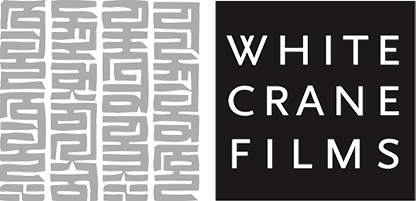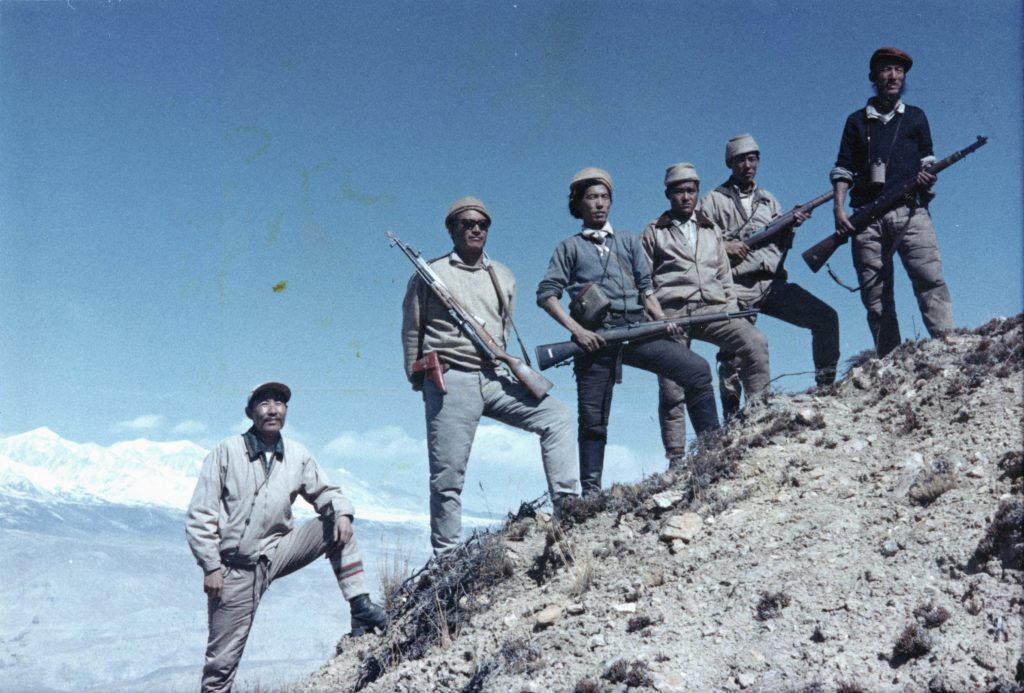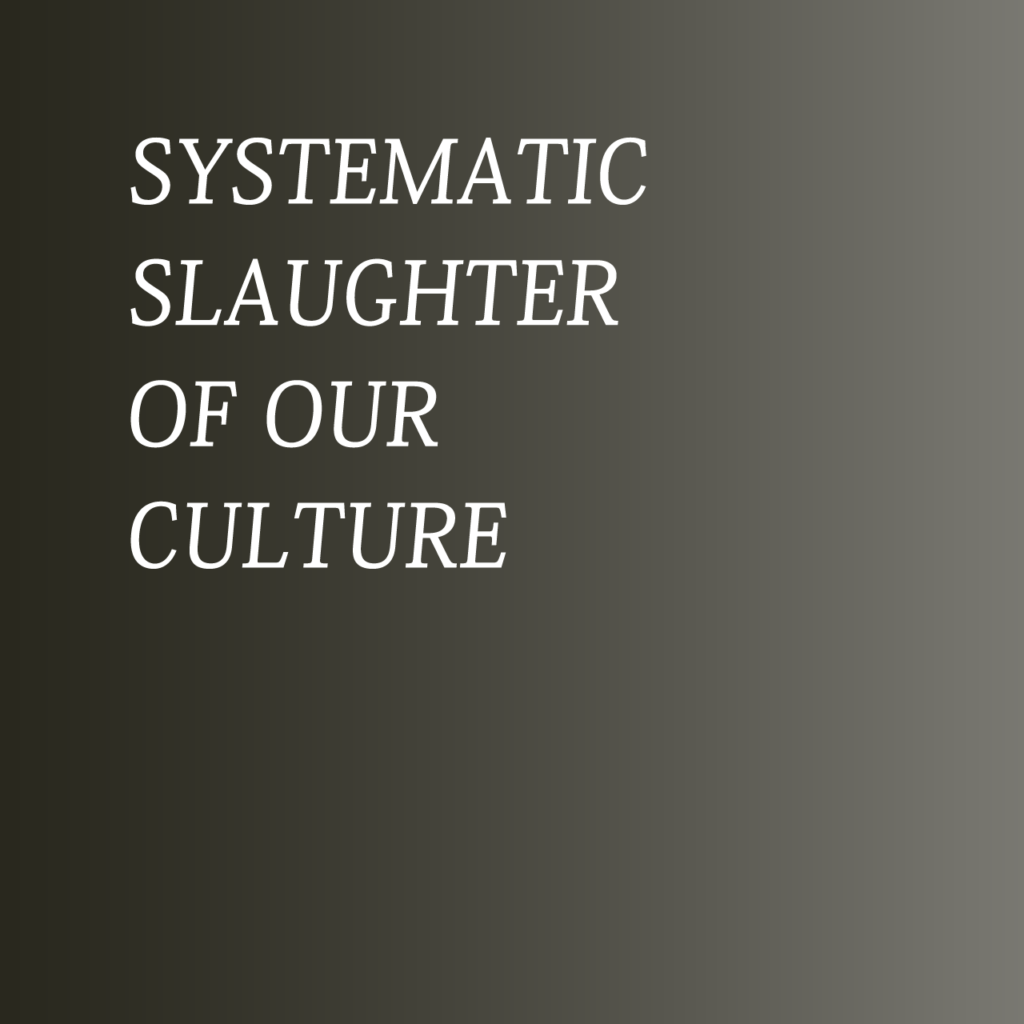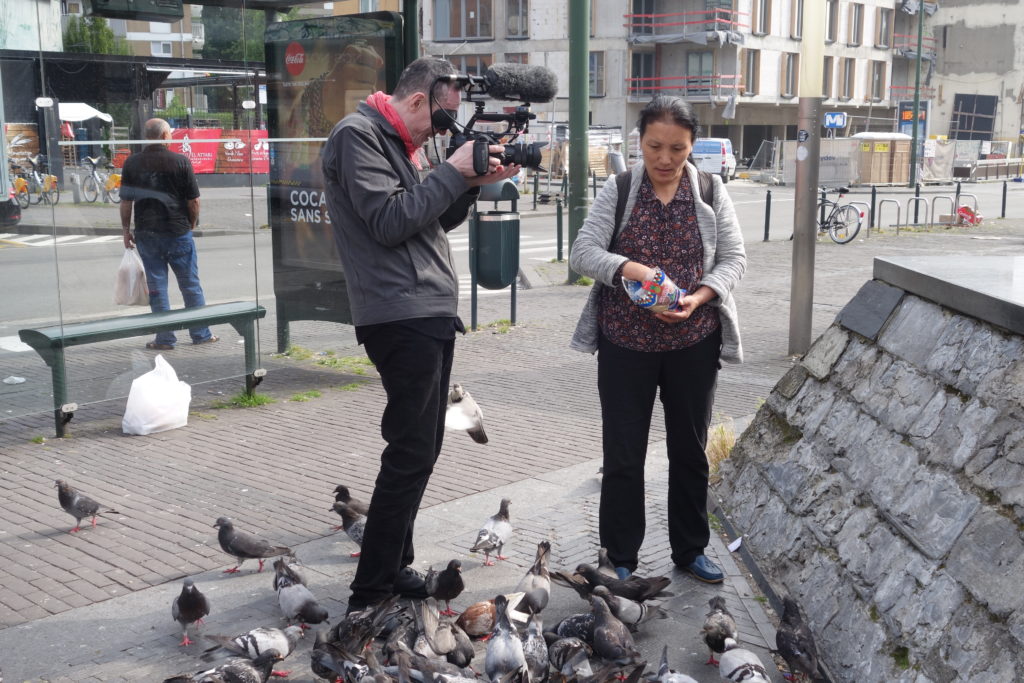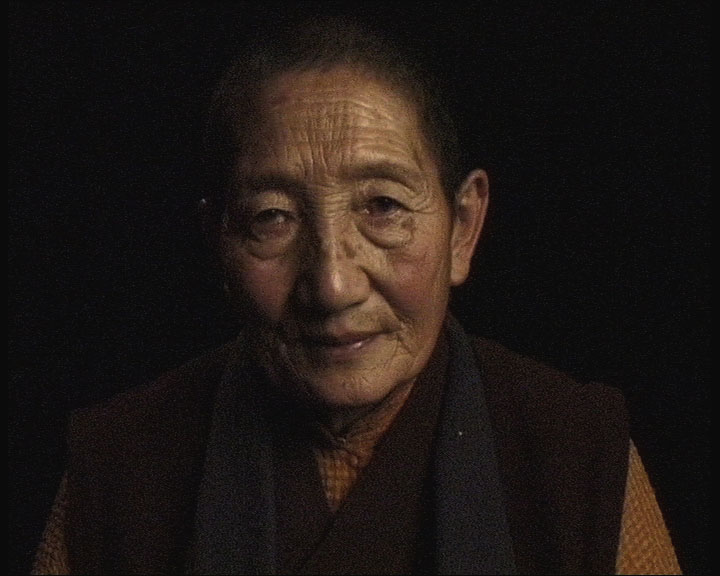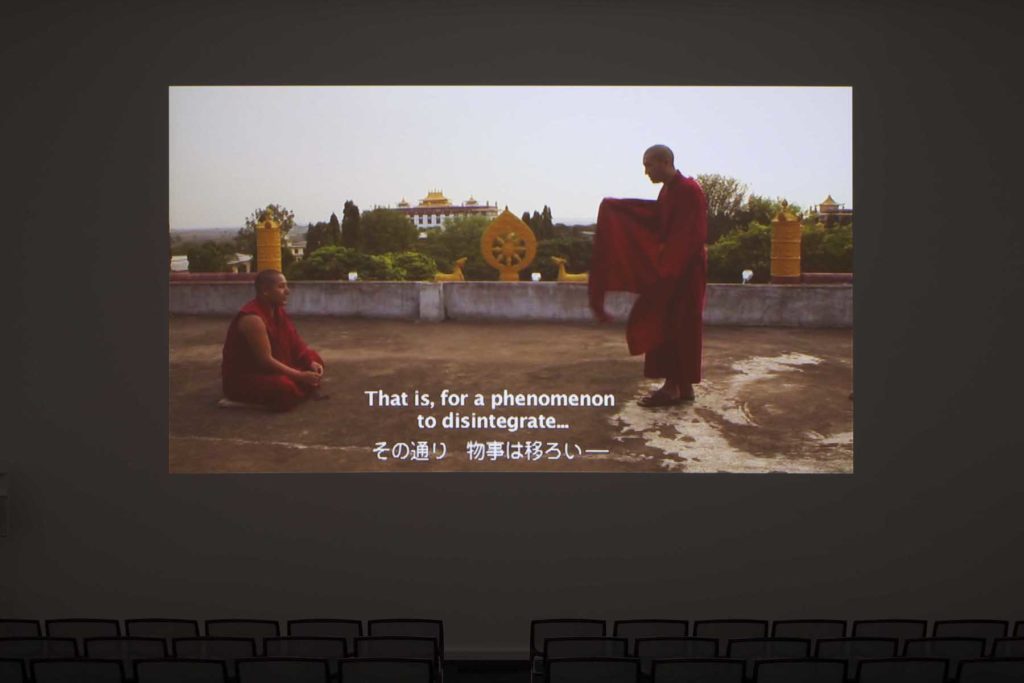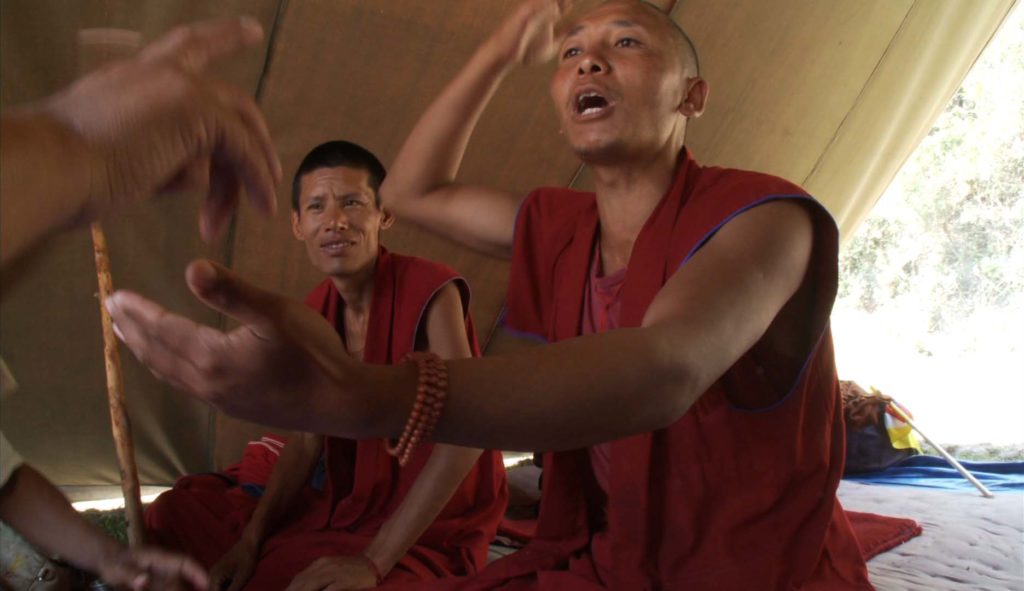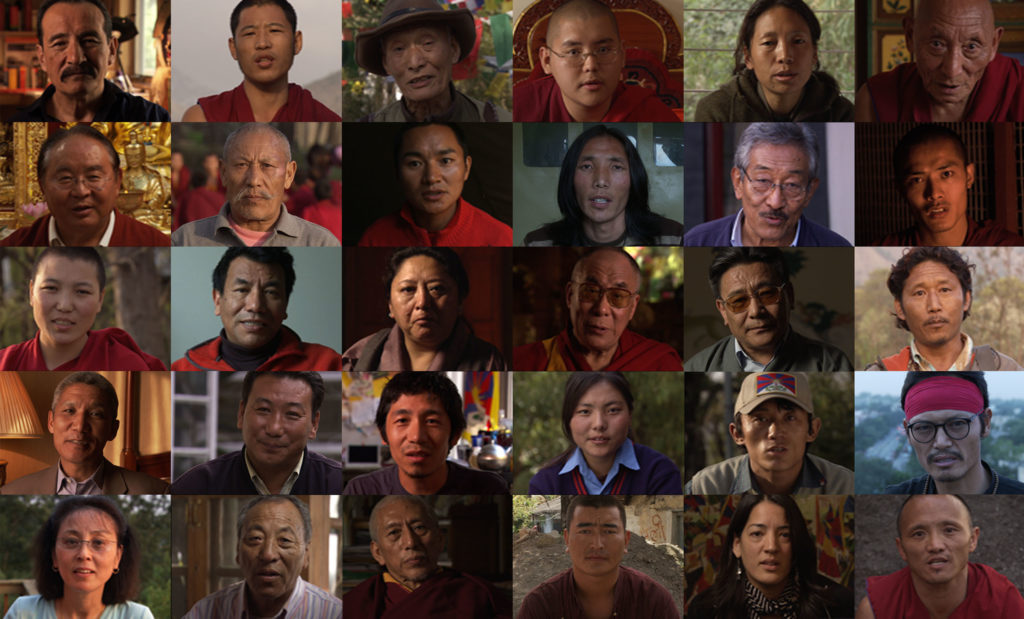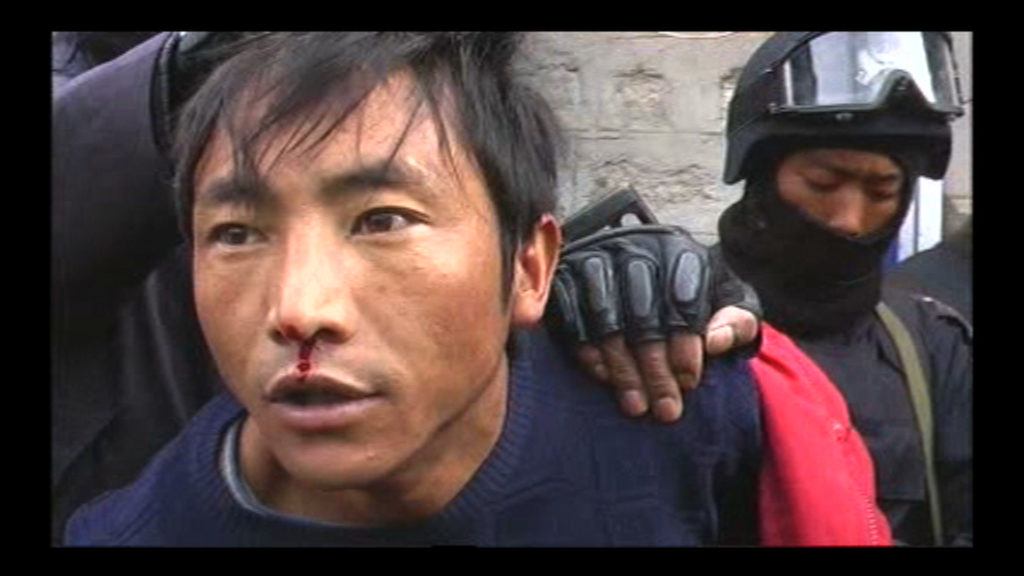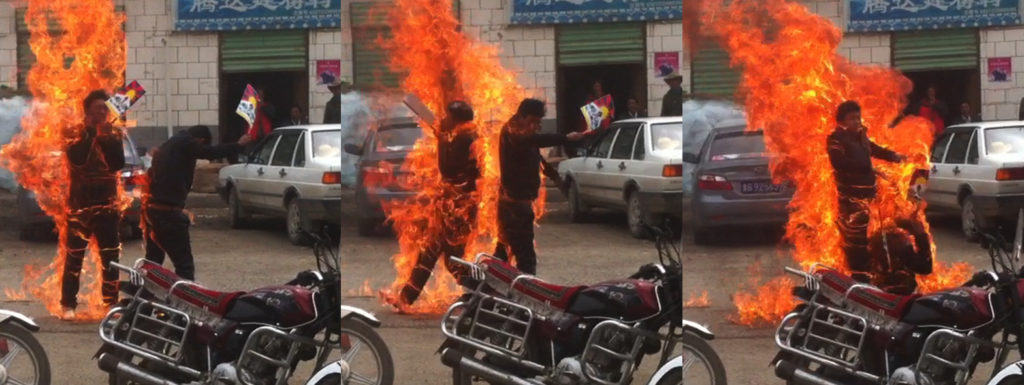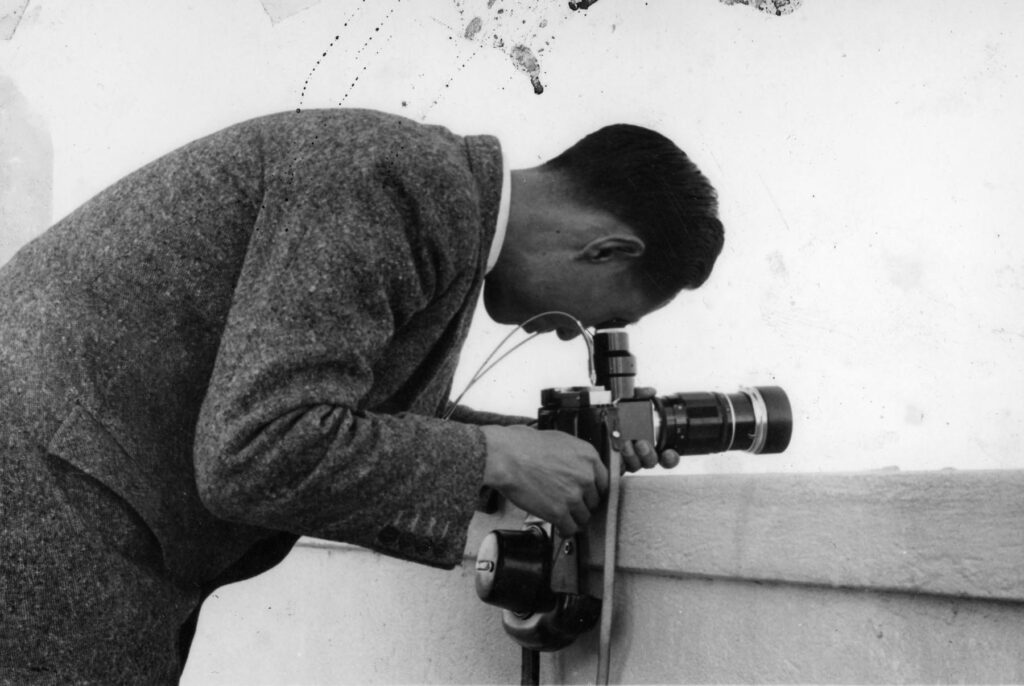
A project by Ritu Sarin and Tenzing Sonam
in collaboration with Natasha Ginwala
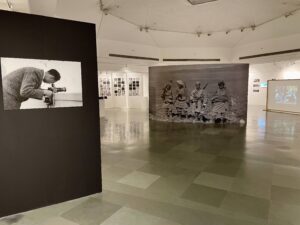

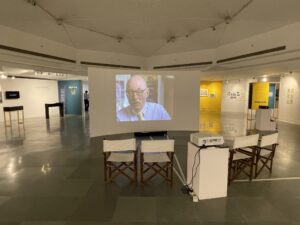
After the Communist Chinese invasion of 1950 and its subsequent takeover in 1959, Tibet has been a country under occupation. Since then, resistance to Chinese rule, both inside Tibet and in exile, has been unyielding and resilient, transforming over time in response to the changing situation in China and the shifting winds of geopolitical alignments. But little is known of the guerrilla war that was fought from the mid-1950s to 1974 when thousands of Tibetans took up arms against the invading forces of China, a movement that became entangled in global geopolitics when the CIA got involved.
The CIA’s involvement in the Tibetan resistance started in 1956, at the height of the Cold War. Codenamed STCIRCUS, it was one of the CIA’s longest running covert operations until it was abruptly abandoned in the late 1960s when US foreign policy pivoted to find accommodation with China. The resistance collapsed in 1974 when its last stronghold in the mountain kingdom of Mustang on the Nepal-Tibet border was shut down by the Nepalese army. This chapter of recent Tibetan history has been largely forgotten, partly due to its clandestine nature and partly as an instinctive act of omission on the part of official Tibetan narratives, which, from the 1970s onwards, sought to highlight the essentially non-violent nature of the freedom struggle.
In the early 1990s, filmmakers Ritu Sarin and Tenzing Sonam started to research this story for a documentary film. They were inspired by Tenzing’s father, the late Lhamo Tsering, one of the leaders of the resistance and the key liaison between the Tibetans and the CIA. As an archivist and mapmaker, Lhamo Tsering recognised from the beginning, the vital importance of maintaining a record of the resistance in order to guard against its erasure from historic memory. Along with the guerrilla fighters whose activities he oversaw, he chronicled the struggle as a daily reality in the hostile geography of Mustang, photographing everything from training procedures to communal exchanges and religious festivities. These photographs, along with documents, letters and maps that he collected over the years proved indispensable when, in his later years, he wrote a monumental eight-volume history of the resistance.
The exhibition, SHADOW CIRCUS, is an attempt to unshackle and shed light on what anthropologist and historian Carole McGranahan calls, “arrested histories of the Tibetan resistance army”. It re-evaluates Lhamo Tsering’s personal archive in conjunction with the audio-visual material that Ritu and Tenzing gathered over the years, and includes a re-edited version of their 1998 documentary – The Shadow Circus – to create a more complete and complex mosaic of this still largely unknown story. A hand-drawn guerrilla training manual in Tibetan by an unknown resistance artist that Lhamo Tsering saved becomes a vital entry point into choreographing this archival ensemble. The Cold War epoch is navigated via a personal journey that transcends the calculated alliances of geopolitical power blocs and sheds light on the human dimension of intelligence gathering, guerrilla warfare and clandestine resistance deployed in the service of an unfinished freedom struggle that continues to resonate today.
The inaugural version of SHADOW CIRCUS was curated by Natasha Ginwala and Bonaventure Soh Bejeng Ndikung with assistant curator Krisztina Hunya. It was co-produced by and exhibited at SAVVY Contemporary in Berlin from 7 February to 10 March 2019, within the programme of the 14th Forum Expanded, 69th Berlinale.
EXHIBITIONS
SAVVY Contemporary, Berlin, 7 February–10 March 2019
Art Gallery, Kamaladevi Complex, India International Centre, New Delhi, 20 April–1 May 2022
5th Kochi-Muziris Biennale, Invitations Programme, 12 December 2022–10 April 2023
Experimenter-Colaba, 27 July–26 August 2023
Tibet Museum, Dharamshala, 13 October–31 December 2023
School of Art & Aesthetics (SAA), Jawaharlal Nehru University (JNU), 15 February–15 March 2024
Ladakh Arts and Media Organisation (LAMO), Leh, 9 August–9 October 2024
